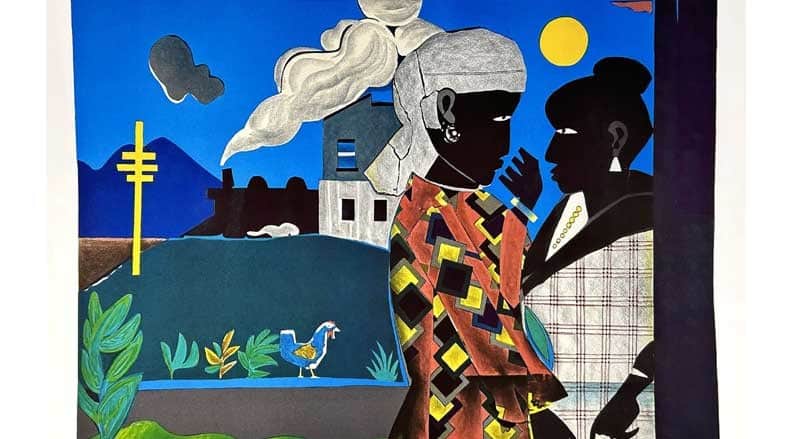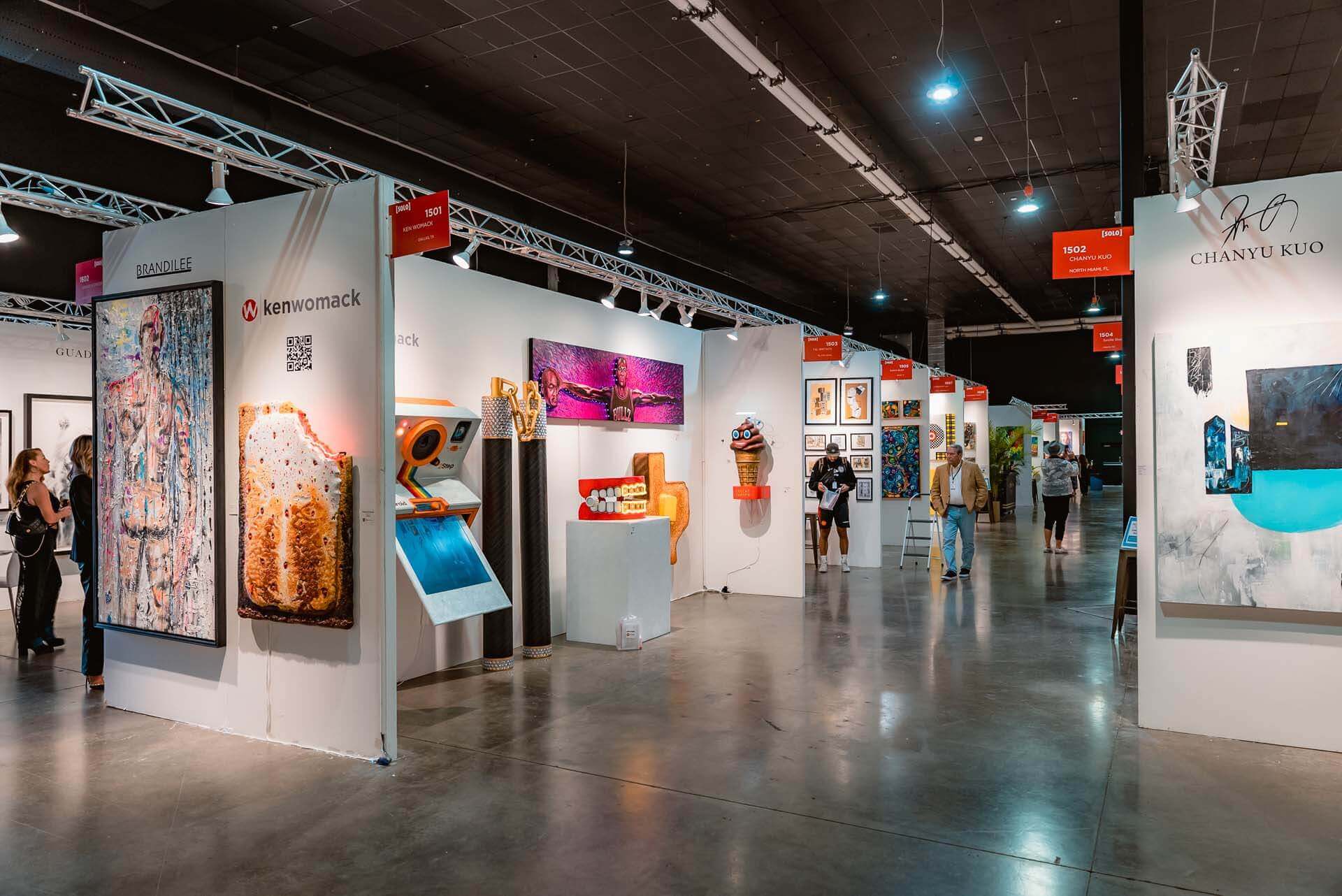
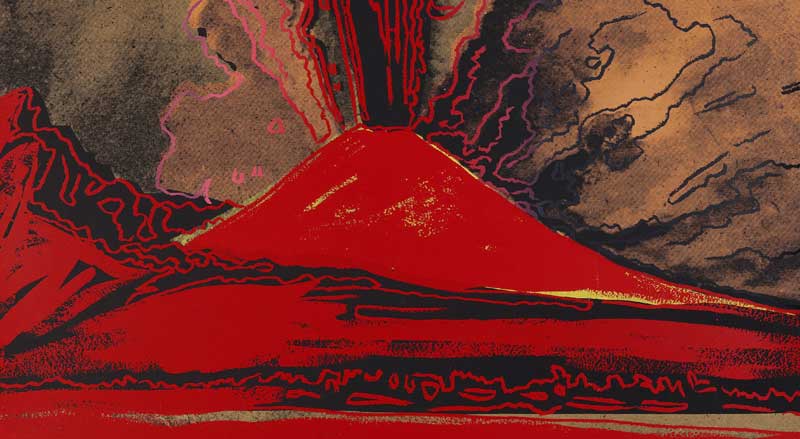
Art collecting has always been about more than just beauty. For many collectors, it’s about rarity, authenticity, and legacy. That’s why limited-edition prints—lithographs, serigraphs, screenprints, etchings, and other multiples—have become some of the most sought-after works in modern and contemporary art.
Unlike posters or mass-produced reproductions, limited edition prints are original works of art created under the supervision of, or directly by, the artist. They carry the artist’s hand, their approval, and often their signature—making them both accessible and valuable additions to any collection.
At Dane Fine Art, we specialize in helping collectors identify, acquire, and sell these important works. With over 40 years of expertise and one of the largest inventories of fine art in the United States, we’ve built our reputation on trust, authentication, and access. Here’s why limited editions matter, and how to be sure you’re buying (or selling) with confidence.
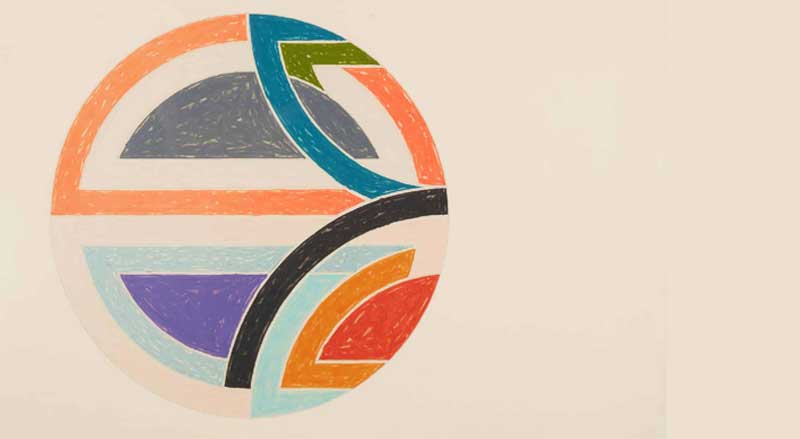
The value of a work of art is often tied to its scarcity. When an artist issues a limited-edition print, it means only a set number were ever made—sometimes as few as 10, other times a few hundred. Once the edition sells out, no more will ever be created.
Other factors that drive value include:
For many collectors, limited editions represent the sweet spot: an authentic, original artwork that carries the prestige of the artist, but at a more attainable price point than a one-of-a-kind painting or sculpture.
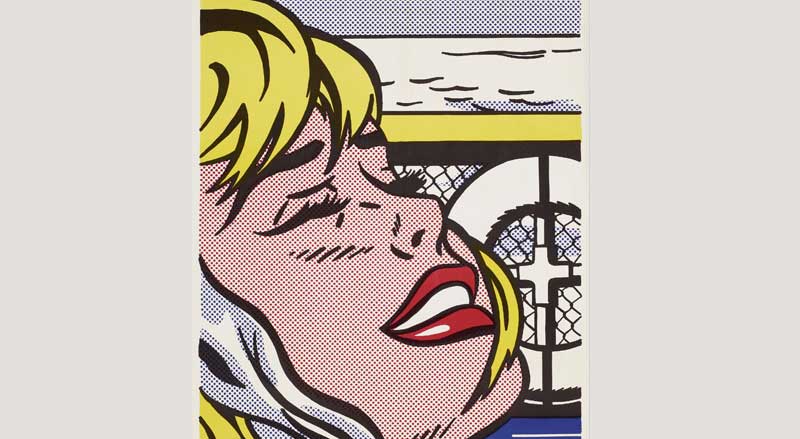
Not all prints are created equal. Here are some of the most common types you’ll encounter in the collecting world:
Each type of print requires different methods of authentication, which is why working with experienced appraisers is essential.

So how do you know if the print you’re looking at is the real deal? Here are some of the key features that collectors and professionals look for:
Spotting these details requires training and experience. That’s why serious collectors partner with galleries like Dane Fine Art to ensure every acquisition is properly vetted.
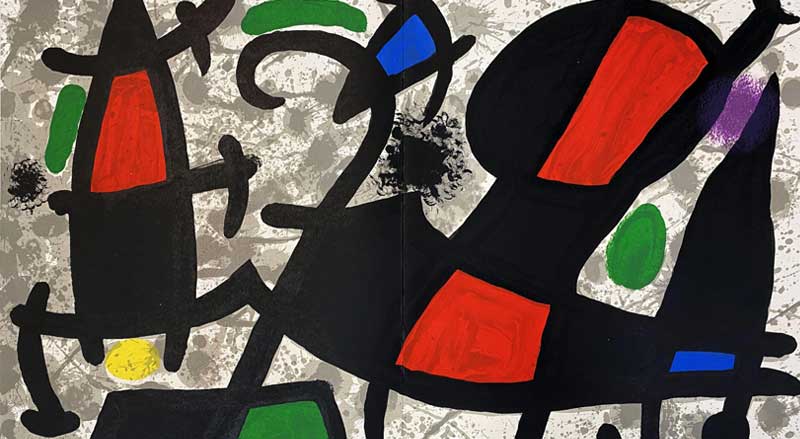
At Dane Fine Art, authenticity is at the core of everything we do. Every work that passes through our gallery undergoes a rigorous review to confirm its legitimacy and condition.
Our services include:
Learn more about our process and current opportunities on our Sell or Consign Artwork web page.
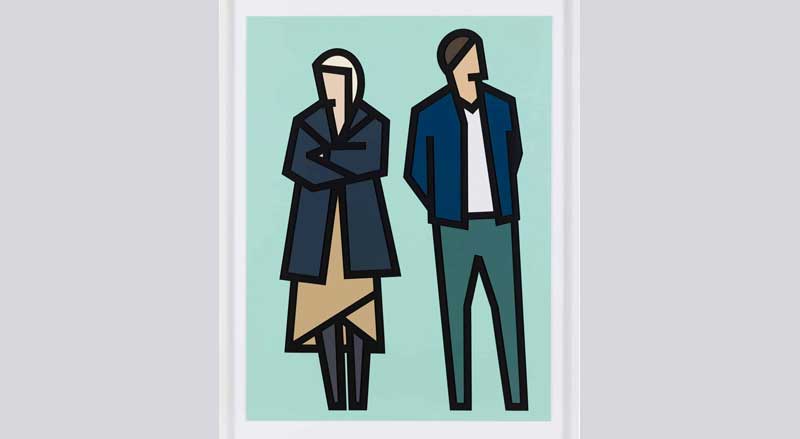
For Buyers:
Acquiring limited editions through Dane Fine Art gives you peace of mind. Our works are authenticated, appraised, and often offered at wholesale gallery prices. Whether you’re seeking a bold Warhol silkscreen or a delicate Matisse lithograph, our inventory covers a broad spectrum of modern and contemporary masters.
For Sellers:
If you’re looking to downsize, consign, or sell part of your collection, Dane Fine Art offers a seamless process. Our consignment services connect you to global audiences through our presence and promotion on online platforms like Artsy, BidSquare, and Invaluable, as well as our in-house auctions. With our appraisal expertise, you’ll know exactly what your art is worth—and how to maximize its value.
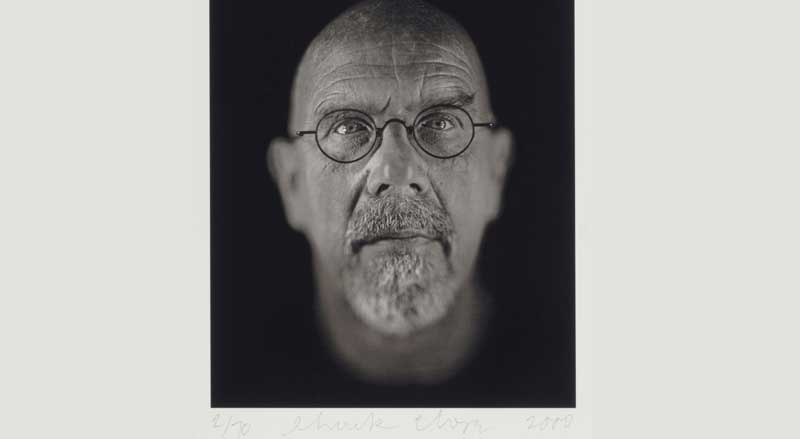
Limited edition prints embody the perfect balance of rarity, artistry, and accessibility. They carry the artist’s hand, offer proven value, and create opportunities for collectors at every stage of their journey.
But as with any investment, authenticity is everything. That’s why working with a trusted gallery like Dane Fine Art is essential. Whether you’re looking to buy your first Warhol screenprint or consign a collection of Picasso lithographs, we’re here to guide you every step of the way.
???? Visit our gallery in Ardmore, PA
???? Call us at 267-687-8378
???? Email us at sales@danefineart.com
???? Or explore our current inventory and auctions at www.danefineart.com
Secure your next masterpiece—or place your collection in trusted hands. With Dane Fine Art, authenticity and expertise are guaranteed.

